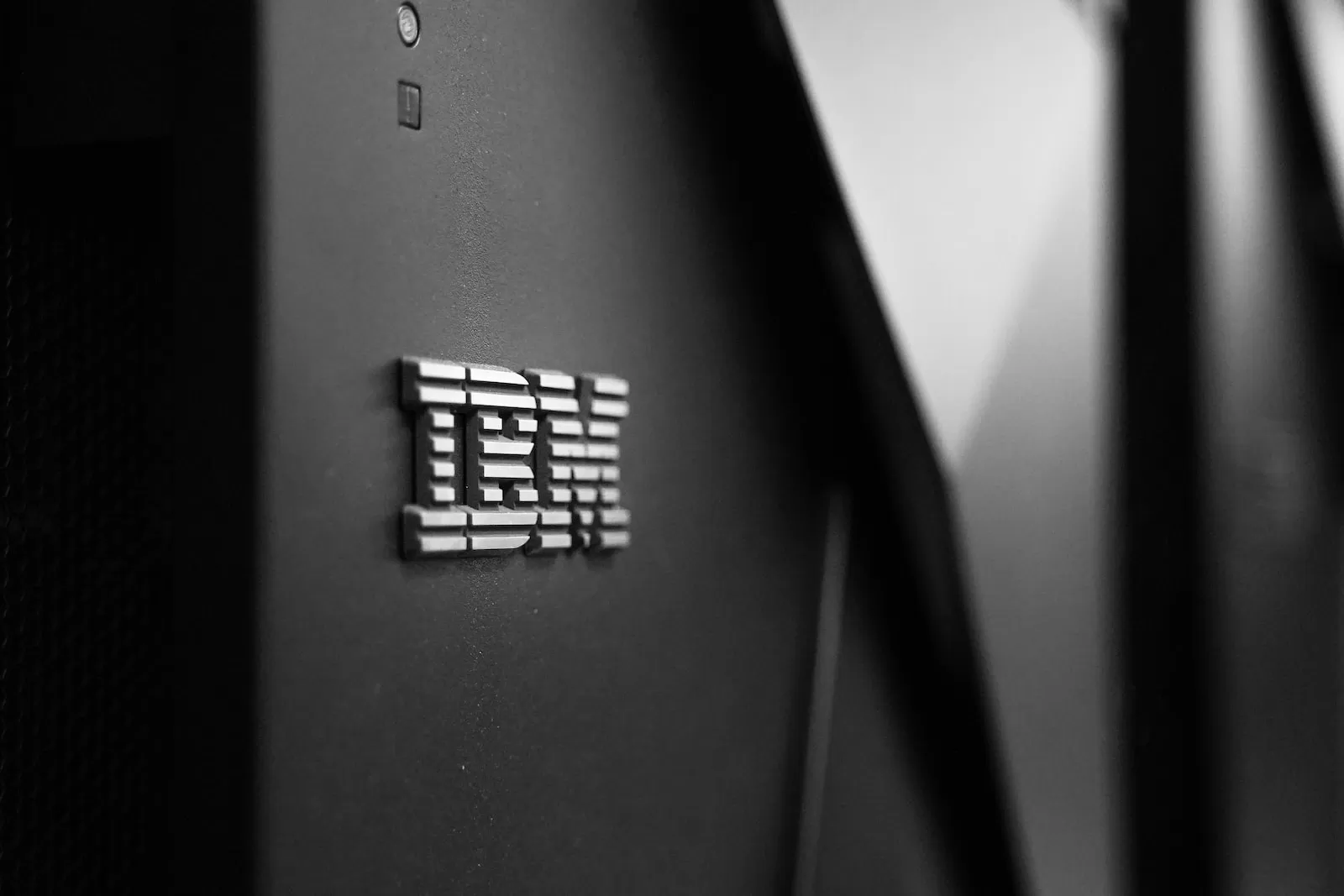In today’s world, data is everything. Businesses large and small depend on data to make decisions, track progress, and connect with customers. As our reliance on data grows, so does the need to protect that data from cyberattacks. Here are the top five cybersecurity trends to watch out for in 2023, Data Losses Will Exceed $1 Trillion.
The average cost of a data breach is expected to exceed $4 million in 2023, which will push the total cost of breaches over a trillion dollars for the first time.
Cybersecurity in 2023
Cybersecurity is an important issue that will continue to be relevant in 2023. Here are some of the top cybersecurity trends to watch out for in the coming year:
1. The rise of AI-powered attacks. As artificial intelligence becomes more sophisticated, so too do the attacks that are carried out using AI technology. We can expect to see more AI-powered attacks in 2023 as criminals seek to take advantage of this increasingly powerful tool.
2. An increase in ransomware attacks. Ransomware has become a popular weapon for cyber criminals in recent years, and we can expect to see an increase in such attacks in 2023. This is due to the fact that ransomware is an effective way to demand payment from victims and can be very profitable for attackers.
3. A shift towards cloud-based security solutions.
The Top 5 Cybersecurity Trends of 2023
The world of cybersecurity is constantly changing and evolving. What are the top 5 cybersecurity trends that we can expect to see in 2023?
#1: artificial intelligence and machine learning
Artificial intelligence (AI) and machine learning are two of the most popular buzzwords in the cybersecurity industry. But what do they really mean?
AI is a broad term that covers a range of technologies, from simple pattern recognition to more complex decision-making. Machine learning, on the other hand, is a subset of AI that focuses on teaching computers to learn from data. Both AI and machine learning are increasingly being used to help businesses automate tasks and improve their security posture. Here are three trends to watch out for in 2023:
1. More businesses will adopt AI-powered security automation tools.
2. AI will be used more frequently for threat detection and response.
3. Machine learning will become essential for combating sophisticated cyber threats.
#2: quantum computing
As we move closer to 2023, quantum computing is becoming a more real and present threat to cybersecurity. While still in its infancy, quantum computers have the potential to break through even the most secure encryption methods. This could have devastating consequences for businesses and individuals alike, as private data and information could be compromised on a massive scale.
While traditional computer systems use bits that are either 1 or 0, quantum computers use qubits that can be both 1 and 0 simultaneously. This makes them much faster and more powerful than their classical counterparts. Quantum computers are still very new and expensive, but as they become more prevalent, they will pose a serious threat to current cybersecurity measures.
businesses and individuals need to start preparing for this new era of computing. Cybersecurity experts must begin developing new ways to protect data, while also educating the public on the risks associated with quantum computing.

#3: the internet of things
The internet of things, or the interconnectedness of physical objects and devices, is one of the top cybersecurity trends to watch out for in 2023. With more and more devices being connected to the internet, there are more opportunities for cybercriminals to exploit vulnerabilities. Here are three things to keep an eye on:
1. The growth of the IoT market. According to a recent report from Gartner, the IoT market is expected to grow from $655.8 billion in 2019 to $1.1 trillion by 2022. This rapid growth will create new opportunities for cybercriminals to target businesses and consumers alike.
2. The evolving threats landscape. As the IoT market grows, so do the threats posed by cyber criminals. In particular, we’re seeing an increase in attacks that exploit vulnerabilities in IoT devices, such as Mirai and ransomware attacks.
#4: edge computing
As we become increasingly reliant on technology, it’s more important than ever to stay ahead of the curve when it comes to cybersecurity. Here are four trends to watch out for in 2023:
1. Edge computing will become more popular as organizations look to reduce latency and increase security.
2. We will see a rise in the use of artificial intelligence and machine learning to detect and defend against cyber threats.
3. The need for cloud security will continue to grow as more businesses move their data and applications to the cloud.
4. Cybersecurity awareness will continue to be a major focus, with organizations working hard to educate their employees about best practices.
#5: biometrics
As the world becomes increasingly digitized, data security is more important than ever. Biometrics—the use of physical or behavioral characteristics to identify individuals—is one of the most promising tools for ensuring data security. Here are five biometrics trends to watch out for in 2023:
1. Increased use of behavioral biometrics: Behavioral biometrics, which identify individuals based on their unique patterns of behavior, are becoming increasingly popular due to their high accuracy and low cost. Expect to see more businesses using behavioral biometrics for authentication and authorization in the coming year.
2. Greater adoption of multimodal biometrics: Multimodal biometrics, which combine two or more types of biometric information (e.g., fingerprints and iris scans), are more accurate and secure than single-modality systems.
Conclusion
As we move into 2023, it’s important to be aware of the latest cybersecurity trends and threats. Here are 7 trends to watch out for:
1. Ransomware will continue to be a major threat.
2. IoT devices will become increasingly targeted by cyber criminals.
3. 5G networks will open up new attack vectors.
4. AI and machine learning will be used more for cyber attacks.
5. Cryptocurrency-related attacks will increase.
6. Cyber criminals will target cloud services more frequently.
7. Phishing attacks will become more sophisticated.















